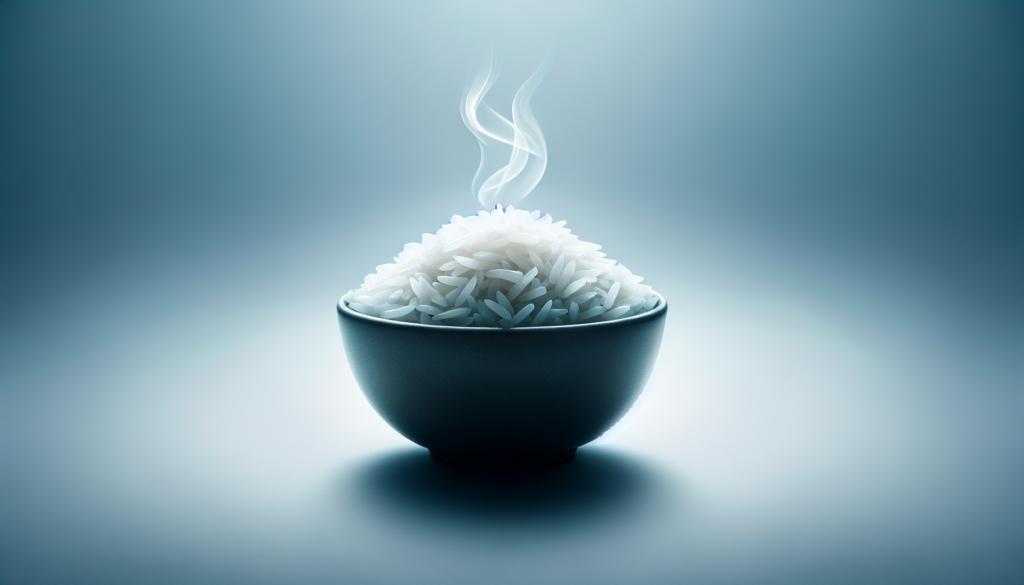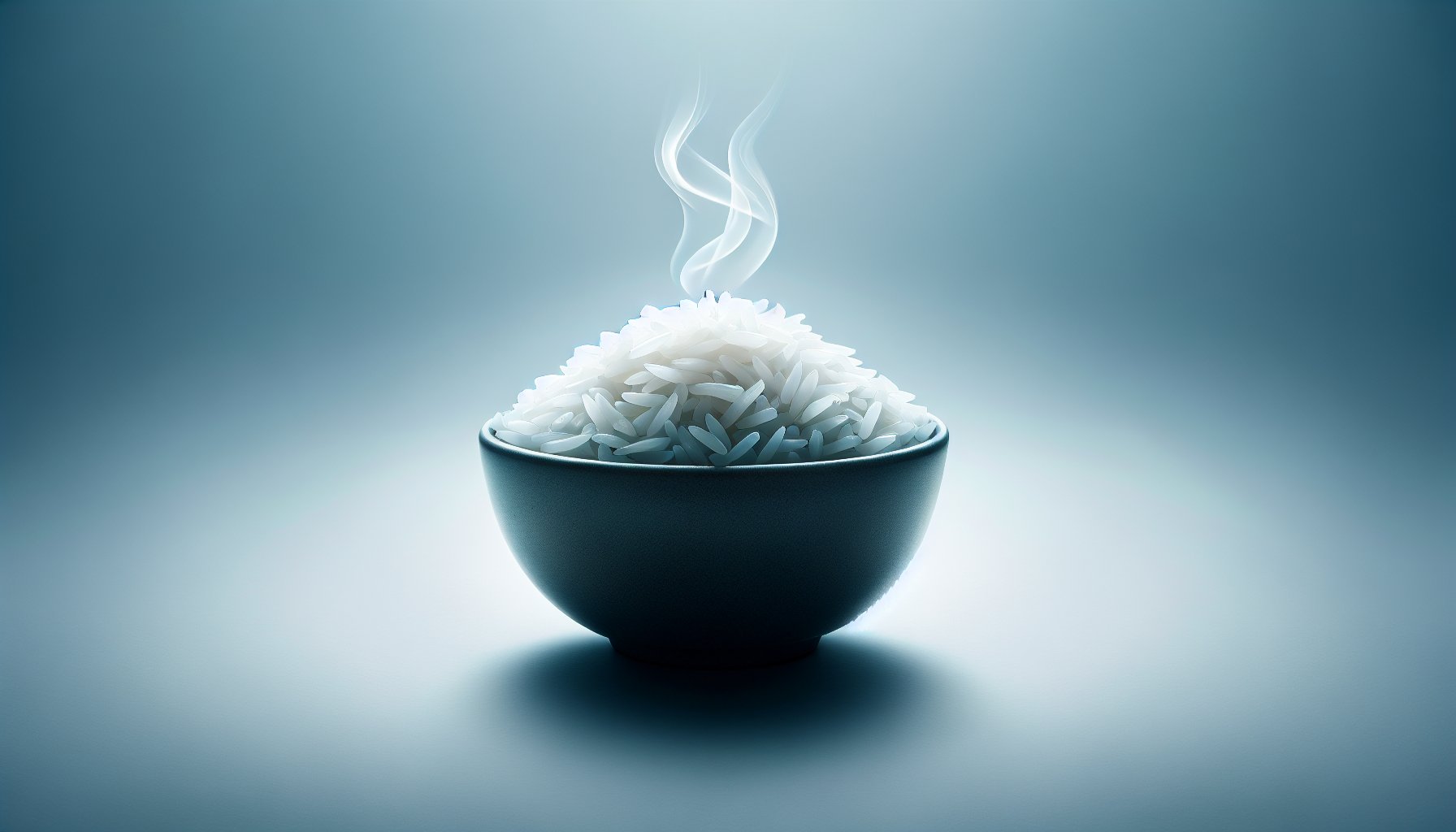Imagine sitting down to a delicious meal at your favorite restaurant, and as you anticipate the flavors to come, you find yourself pondering a question that has puzzled generations: is rice really a 2 to 1 ratio? You’ve likely heard different opinions over the years, but now it’s time to uncover the truth. In this article, we will explore the age-old debate surrounding rice and its supposed 2 to 1 ratio, shedding light on the science behind it and settling once and for all whether this popular staple truly lives up to its numerical reputation. Brace yourself for an enlightening journey through the world of rice and prepare to have your taste buds tantalized along the way.

What is a 2 to 1 ratio?
Definition
A 2 to 1 ratio refers to the proportion of carbohydrates to proteins in a particular food item. In the context of rice, a 2 to 1 ratio means that for every gram of protein, there are two grams of carbohydrates present. This ratio is often used to describe the nutritional composition of rice and is a significant factor in determining its role in a healthy diet.
Understanding the Rice 2 to 1 Ratio Claim
Background
The 2 to 1 ratio claim associated with rice has gained popularity in recent years, with many people asserting that rice provides a balanced ratio of carbohydrates and proteins. This claim suggests that rice can be a valuable part of a nutritious meal plan and can contribute to maintaining a healthy diet.
Explanation
The 2 to 1 ratio claim is based on the idea that rice contains a higher percentage of carbohydrates compared to protein. Carbohydrates are an essential source of energy for the body, while proteins play a key role in building and repairing tissues. By maintaining this ratio in our diet, it is believed that we can support our energy needs while also meeting our protein requirements.
The Nutritional Composition of Rice
Macro and Micronutrients
Rice is a grain that provides a range of macronutrients and micronutrients. In terms of macronutrients, rice primarily consists of carbohydrates, proteins, and a minimal amount of fats. Micronutrients present in rice include vitamins and minerals, although the levels may vary depending on the variety and processing method.
Caloric Content
Rice is relatively low in calories, which makes it a suitable food choice for individuals aiming to manage their weight. On average, a cup of cooked rice contains around 200-240 calories, depending on the type of rice and the cooking method.
Carbohydrates
Carbohydrates are the main component of rice, providing the body with the energy it needs for daily activities. The carbohydrates in rice mainly exist in the form of starch, which is a complex carbohydrate that takes longer to break down and provides a sustained release of energy.
Proteins
Although rice is not considered a complete source of protein, it does contain some amount of this essential macronutrient. The protein content in rice varies depending on the type and variety, with some types of rice containing higher protein levels than others.
Fats
Rice is naturally low in fat, with minimal amounts present. This makes it a suitable option for those aiming to control their fat intake or maintain a low-fat diet.
Vitamins
Rice contains various vitamins, although the levels differ depending on the processing method and variety. Some vitamins commonly found in rice include thiamine (vitamin B1), niacin (vitamin B3), and vitamin E. However, the vitamin content in rice might be relatively low compared to other food sources.
Minerals
Rice also provides essential minerals such as magnesium, phosphorus, and selenium. However, the mineral content can vary depending on the type of rice and the soil it is grown in.
Comparing Rice with Other Staples
Rice vs. Pasta
When comparing rice to pasta, both staples have a similar 2 to 1 ratio. Both rice and pasta are primarily composed of carbohydrates, with a small amount of protein. However, the nutritional composition may vary depending on the specific variety and processing methods used for each.
Rice vs. Potatoes
In comparison to potatoes, rice generally provides a higher proportion of carbohydrates to protein. Potatoes, on the other hand, contain a relatively higher percentage of protein. Both rice and potatoes are staple foods that can be included in a balanced diet, offering different nutritional profiles.
Rice vs. Bread
Rice and bread differ in terms of their nutritional composition. While both are predominantly sources of carbohydrates, bread often contains a higher protein content compared to rice. The specific type of bread and rice, as well as the preparation methods, will influence the exact nutritional profile of each.
The Health Claims and Misconceptions
Positive Health Claims
The 2 to 1 ratio claim associated with rice has several positive health claims. It is often praised for providing sustained energy due to its complex carbohydrates. Rice is also naturally gluten-free, making it a suitable option for those with gluten sensitivities or celiac disease. Furthermore, the low-fat content in rice makes it a favorable choice for individuals aiming to manage their fat intake.
Negative Health Claims
One of the misconceptions surrounding rice is its potential to contribute to weight gain. While rice is relatively high in carbohydrates, portion control and overall calorie intake are essential considerations when incorporating rice into a balanced meal plan. Additionally, some types of rice, such as white rice, undergo processing that removes some of the nutrients, resulting in a less nutritious final product. It is important to choose whole grain or minimally processed rice varieties to maximize the nutritional benefits.
Factors Influencing the 2 to 1 Ratio
Variety of Rice
Different types and varieties of rice can affect the 2 to 1 ratio. Some rice varieties naturally contain higher protein levels, while others have a higher carbohydrate content. It is important to consider the specific nutritional composition of the rice you are consuming to fully understand its impact on your diet.
Cooking Process
The cooking process can also influence the 2 to 1 ratio in rice. Overcooking or undercooking rice can alter its nutritional composition and affect the balance of carbohydrates and proteins present. It is recommended to follow proper cooking instructions to maintain the desired nutritional content.
Serving Size
The serving size of rice plays a crucial role in maintaining the 2 to 1 ratio in a meal. While rice provides essential nutrients, excessive consumption can lead to an imbalance in overall macronutrient intake. Portion control is vital to ensure a well-rounded diet.
Accompaniments
The accompaniments or additions to rice, such as sauces or toppings, can affect the 2 to 1 ratio. For example, adding protein-rich ingredients like lean meats or legumes can increase the overall protein content of the meal. Conversely, adding high-fat sauces or dressings can alter the fat content. Mindful selection of accompaniments is important to maintain a balanced meal.
Scientific Studies and Expert Opinions
Rice and Nutritional Balance
Scientific studies have shown that rice can be a valuable component of a balanced diet. The combination of carbohydrates and proteins in rice can help meet daily energy requirements and support overall nutritional balance. However, it is important to consider the overall diet and lifestyle when incorporating rice into a meal plan.
Rice as Part of a Balanced Diet
Experts generally agree that rice can be part of a healthy and balanced diet. When consumed in appropriate portions as part of a varied meal plan that includes a range of fruits, vegetables, lean proteins, and healthy fats, rice can contribute to an overall nutritious lifestyle. Moderation and variety are key to optimizing the benefits of rice in a diet.
Rice Consumption Recommendations
Recommended Serving Sizes
The recommended serving sizes for rice may vary depending on factors such as age, sex, and activity level. As a general guideline, a serving of rice is commonly considered to be around 1/2 to 1 cup of cooked rice. It is advisable to consult with a healthcare professional or registered dietitian for personalized recommendations based on individual needs.
Rice as Part of a Healthy Meal Plan
Incorporating rice into a healthy meal plan involves considering its role alongside other food groups. For a well-balanced meal, it is recommended to pair rice with a variety of vegetables, lean proteins, and healthy fats to ensure optimal nutrition. Creating diverse and colorful meals can help maximize the nutritional benefits of rice and support overall health.
Cultural Significance of Rice
Rice as a Staple Food
Rice holds significant cultural and historical importance in various regions around the world. In many Asian countries, rice is considered a staple food and forms the foundation of traditional cuisines. It serves as a vital component in meals and holds symbolic value in cultural practices and rituals.
Rice in Different Cuisines
Rice features prominently in a diverse range of cuisines globally, from risotto in Italy to sushi in Japan, and biryani in India. The versatility of rice allows for a multitude of culinary creations that reflect the unique flavors and traditions of different cultures.
Conclusion
Summary of Findings
In conclusion, the 2 to 1 ratio claim associated with rice holds some validity. Rice is predominantly composed of carbohydrates, making it an excellent energy source. While rice may not be a significant source of protein, it can still contribute to meeting daily nutritional requirements as part of a balanced meal plan. The specific type of rice, cooking process, serving size, and accompaniments all play a role in determining the overall nutritional composition of a rice-based meal. By practicing moderation, making informed choices, and incorporating rice as part of a varied diet, individuals can enjoy the cultural significance and nutritional benefits of this versatile grain.



